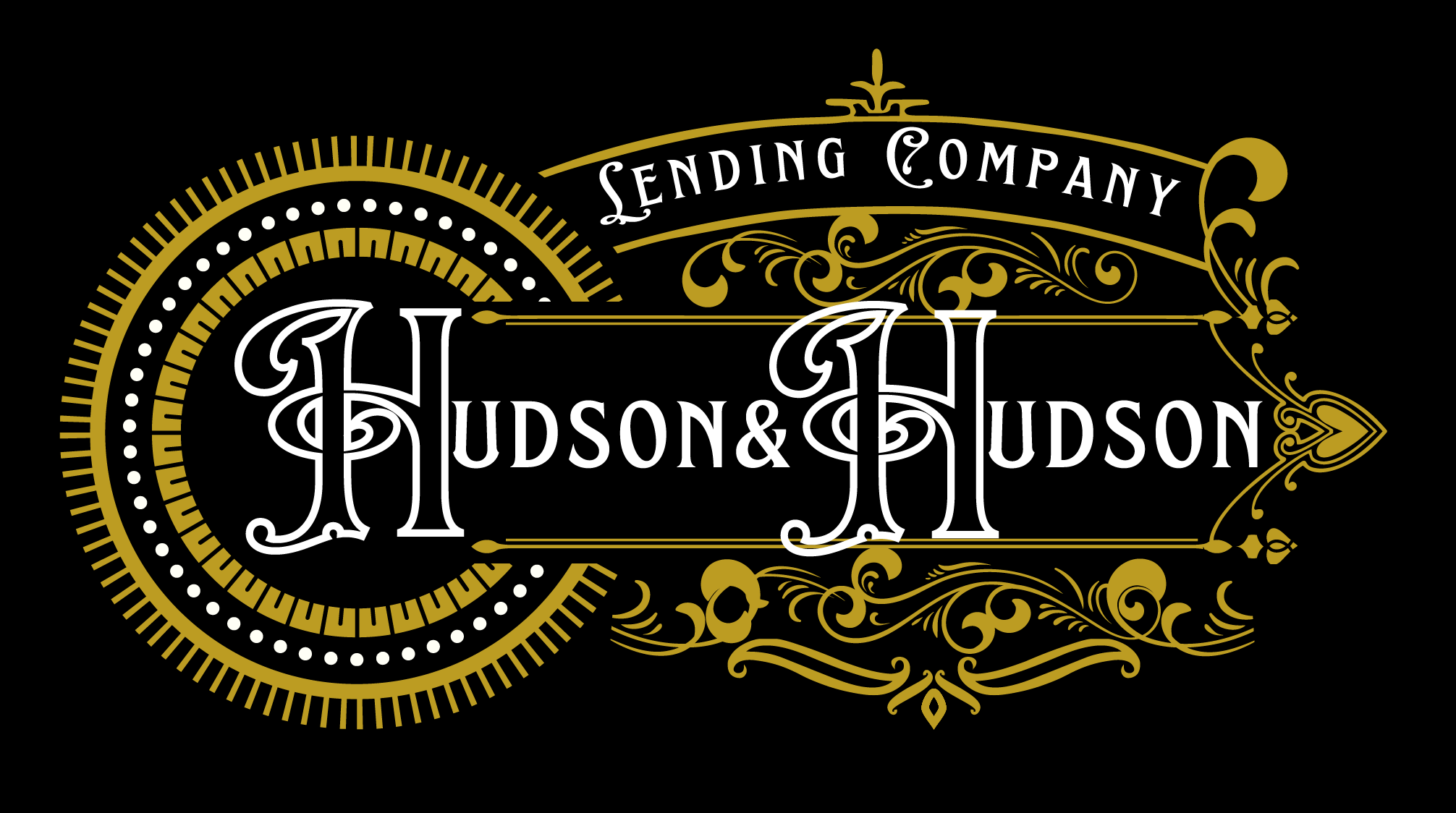Secured and unsecured financing are two of the most common types of business financing available. Secured financing involves pledging assets as collateral, while unsecured financing is based solely on a company’s creditworthiness. Both have their advantages and disadvantages, so it’s important to understand the differences between them before making a decision about which type of funding is best for your business.
Secured Financing
Secured financing is a loan that requires collateral to back it up. This can be any asset of value, such as a vehicle, land, or equipment. The lender will have the right to repossess this collateral if the borrower defaults on their loan payments. This type of financing typically has lower interest rates and more flexible repayment terms than unsecured financing. It is ideal for businesses that need large amounts of capital and can provide a reliable form of collateral as security.
Unsecured Financing
Unsecured financing, on the other hand, does not require any collateral to be pledged and is based solely on the creditworthiness of the borrower. This type of loan usually carries higher interest rates than secured loans and may come with stricter repayment terms. As there is no collateral involved, lenders take a greater risk, so they are more likely to approve loans that are backed by good credit and steady cash flows.
Both forms of financing can be an effective way to fund your business, but it’s important to understand the benefits and drawbacks of each before making a decision. Secured financing can provide access to capital with more favorable terms, but it requires the pledge of valuable assets. Unsecured financing is often easier to access, but comes with higher interest rates and stricter repayment terms. Ultimately, the best choice for your business will depend on its unique needs and financial situation. Hudson and Hudson Lending offers a wide range of both secured and unsecured financing options. Contact our team today to get the funding you need for your business.





